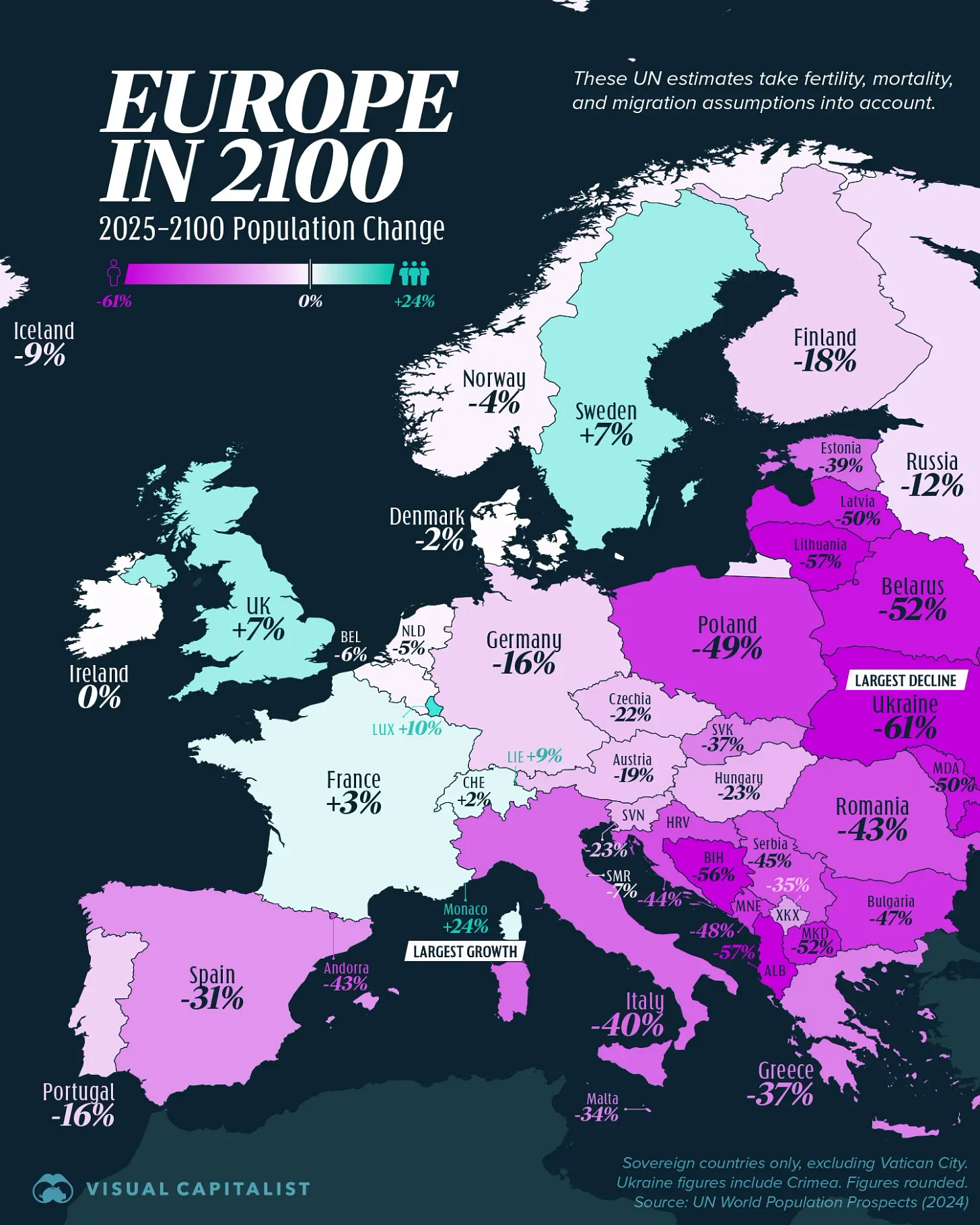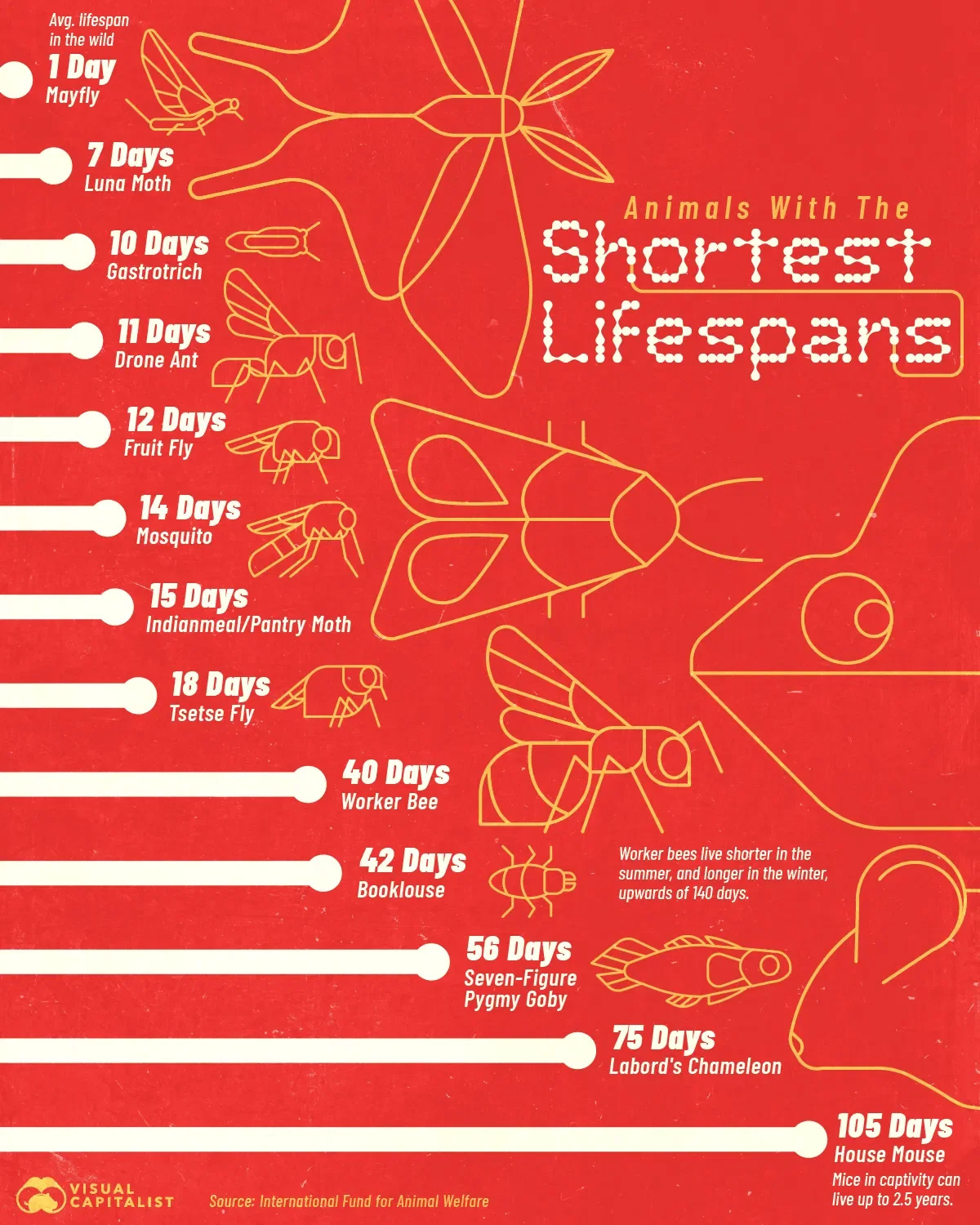Repronews #67: What is genomic liberty?
Engagement on human editing | genetic enhancement vs. reproductive freedom? | diversity & birth rates in the US | Iranian pronatalism & abortion restriction
Welcome to the latest issue of Repronews! Highlights from this week’s edition:
Repro/genetics
Tsvi Benson-Tilsen explores the concept of “genomic liberty”: the scope and ethical limits of freedom to shape one’s children’s genomes.
Since CRISPR: A review of a decade of public engagement studies on human germline gene editing.
Blanca Rodríguez López argues that the availability of genetic enhancement technologies “does not limit reproductive freedom in any important sense.”
Population Policies & Trends
Out of many, fewer: Economist David H. Solomon finds that in the U.S. “racial and ethnic diversity is robustly associated with lower birth rates.”
Iran’s pronatalist policies restrict abortion and is driven by fears that population decline is a threat to national security.
Genetic Studies
The genetics of same-sex sexual orientation: What we know so far.
Further Learning
Repro/genetics
“The principle of genomic liberty” (LessWrong)
Tsvi Benson-Tilsen of the nonprofit Berkeley Genomics Project argues for a principle of “genomic liberty.” This sets out morally acceptable bounds for parents’ freedom to shape their children’s genomes without violating the rights of others (including their children’s rights).
Benson-Tilsen defines genomic liberty as human parents’ “natural right—a negative right against infringement on liberty by the state and society—to freely choose the genomes of their human children, in whole or in some aspects.”
He proposes five components of genomic liberty:
Non-intervention liberty: Parents have a very strong right to not genomically intervene on their child, in whole or in any aspect.
Propagative liberty: Parents have a strong right to propagate their own genes and their own traits, in whole or in some aspects.
Typicalization liberty: Parents have a strong right to move their future child closer to the median value of one or more traits.
Beneficent liberty: Parents have a strong right to make well-informed genomic choices that a reasonable person would agree are aimed at giving their child a life of well-being.
Altruistic liberty: Parents have a strong right to make well-informed genomic choices that a reasonable person would agree are aimed at giving their child a life that would contribute to the well-being of others.
However, potentially legitimate restrictions on genomic liberty could include:
Genomic choices that are clearly prospectively very unsafe.
Genomic choices that remove a core aspect of human nature.
Genomic choices with extreme negative externalities on other citizens.
Nonconsensual use of someone’s DNA.
Genomic alterations chosen by parents who are severely mentally unsound.
Genomic choices that would severely permanently impair the child’s ability to communicate their state of mind.
Benson-Tilsen has previously written a detailed guide on “Potential perils of germline genomic engineering.”
A decade of public engagement regarding human germline gene editing: A systematic scoping review (EJHG)
Wendy Geuverink and colleagues review 31 public engagement studies on human germline gene editing (HGGE) since the discovery of CRISPR in 2012.
The review explores 1) Engagement of underrepresented groups, 2) Values that have been reported, and 3) The objectives of public engagement.
The studies generally focus on the general public, tend to focus on (lack of) acceptance of HGGE rather than what values should guide policymaking, and typically do not explore how public attitudes should translate into practice.
The authors conclude that co-created efforts are needed to engage underrepresented groups, yield values rather than acceptance levels, and make explicit how engagement might result in societal impact.
“Liberal eugenics, coercion, and social pressure” (Enrahonar)
Blanca Rodríguez López discusses the claim that the availability of genetic enhancement technologies is “a form of eugenics that limits parental freedom.” She finds that such enhancement “does not limit reproductive freedom in any important sense.”
She argues that just because enhancement technologies may change social values and individual preferences, this does not represent a violation of individuals’ autonomy: “All change shares this characteristic. Some people embrace it wholeheartedly because they are better off in the new situation. For others the change is not welcome, as they preferred the old situation, and may be reluctant, but this is hardly a good reason not to introduce the change.”
Rodríguez López concludes: “According to the liberal view of the state, only a real and present danger to other citizens can justify curtailing freedom. And the fact that some people would prefer that the possibility [of reproductive genetic enhancement] be offered hardly qualifies as real and present danger.”
More on repro/genetics:
Finland reinstates fertility treatment coverage, but only for medical reasons, excluding fertile single women and same-sex couples (Helsinki Times)
“Tennessee Senate passes bill to protect access to IVF” (PET)
“Just the facts: The safety of IVF” (ASRM)
Does non-genetic embryo selection even work? (HRO)
“Reproductive choices in hemoglobinopathies: The role of PGT” (Genes)
Anne-Sophie Giraud “Un-knowing the embryo: The moral labor of doing preimplantation genetic testing in France” (Medical Anthropology)
Indian experts suggest genetic counseling, family tree mapping to address rare diseases (The Hindu)
Ji-Young Lee, “Ethics of pronatalism: A reply to critics” (JoME)
DNA testing site 23andMe files for bankruptcy protection, CEO resigns (BBC)
Population Policies & Trends
“E pluribus, pauciores (out of many, fewer): Diversity and birth Rates” (SSRN)
David H. Solomon, a professor at Boston College’s Carroll School of Management, finds that in the U.S. “local measures of racial and ethnic diversity are robustly associated with lower birth rates.”
A one standard deviation decrease in “racial concentration” (having people of many different races nearby) or increase in “racial isolation” (being from a numerically smaller race in that area) was associated with 0.064 and 0.044 fewer children, respectively, after controlling for many other drivers of birth rates.
The “racial isolation” effects hold within an area and year, suggesting these are not proxies for omitted local characteristics.
The pattern holds for many racial groups and in many different years of U.S. census data (including before the Civil War).
Solomon finds that: “Diversity is associated with lower marriage rates and marrying later.” He relates these patterns to “homophily” (the tendency to marry people of the same race), as the effects are stronger in races that intermarry less and vary with sex differences in intermarriage.
Solomon concludes: “The rise in racial diversity in the U.S. since 1970 explains between 20% and 44% of the decline in birth rates during that period.”
“National security and pronatalism in the ‘Family and Youthful Population’ Law in Iran” (Social Sciences)
Ladan Rahbari examines the historical relationship between Islamic Shi’a jurisprudence and the Islamic Republic of Iran’s reproductive policies.
With the total fertility rate falling to less than 1.7 in 2021, Iran adopted a Family Protection and Youthful Population Law which further restricts women’s access to abortion.
Abortion in Iran is legal in cases where the mother’s life is in danger or when the fetus has severe abnormalities.
Rahbari argues that Iranian reproductive policies are influenced not only by religious authorities and pronatalist patriarchal rationales, but also by anxieties about a population crisis considered a threat to the country’s national security.
More on population policies and trends:
“Dr. Jonathan Sher, “Worries about a ‘baby bust’? Then prevent pregnancy ‘wastage’”: Argues pronatalists should do more to ensure more pregnancies lead to healthy births (PET)
Noah Carl and Bo Wineguard present evidence that high population density does not significantly lower fertility (Aporia)
Yiping Cai and Bohong Liu, “From birth control to pronatalism: Population policy and women’s reproductive rights in China since the 1980s” (JGLR)
Genetic Studies
“The genetics of same-sex sexual orientation: What we know so far” (Steve Stewart-Williams)
A recent paper by Thomas Felesina and Brendan Zietsch summarizes scholarly findings on the genetics of same-sex sexual orientation.
Same-sex sexual orientation is about 30% heritable, making it among the least heritable psychological traits.
The environmental component is almost certainly not the social environment or nurture in the traditional sense, but rather biological factors such as atypical prenatal hormonal exposure.
The heritability of same-sex sexual orientation is the product of many gene variants of small effect (consistent with the Fourth Law of Behavior Genetics).
Gay men and lesbians have fewer offspring than their straight counterparts.
The persistence of genes predisposing to same-sex sexual orientation is an evolutionary puzzle. Perhaps these variants confer a reproductive advantage in straight people.
Same-sex sexual behavior is fairly common in other animals, but exclusive same-sex sexual orientation is rare or entirely absent.
More on genetic studies:
“Improving accuracy and precision of heritability estimation in twin studies: Reassessing the measurement error assumption” (bioRxiv)
“Programmable stem-cell-based embryo models created using epigenome editing” (PET)
“Hutus and Tutsis and genetics” (Clear Language, Clear Mind)
Further Learning
More on human nature, evolution, and biotech:
Review of Henry Gee, The Decline and Fall of the Human Empire: Why Our Species is on the Edge of Extinction (Forbes)
Nanette Ryan and Julian Savulescu, “The ethics of Ozempic and Wegovy” (JoME)
“As the Trump administration withdraws support for biotechnology innovation pushed by former president Biden, Europe is poised to seize the initiative” (European Biotechnology/GLP)
“Trump turbulence stalls large pharma and biotech deals, bankers say” (Reuters)
Disclaimer: We cannot fact-check the linked-to stories and studies, nor do the views expressed necessarily reflect our own.







Why not ask Hei Jiankei, https://x.com/JiankuiHim, to write something on what he's doing in HK?